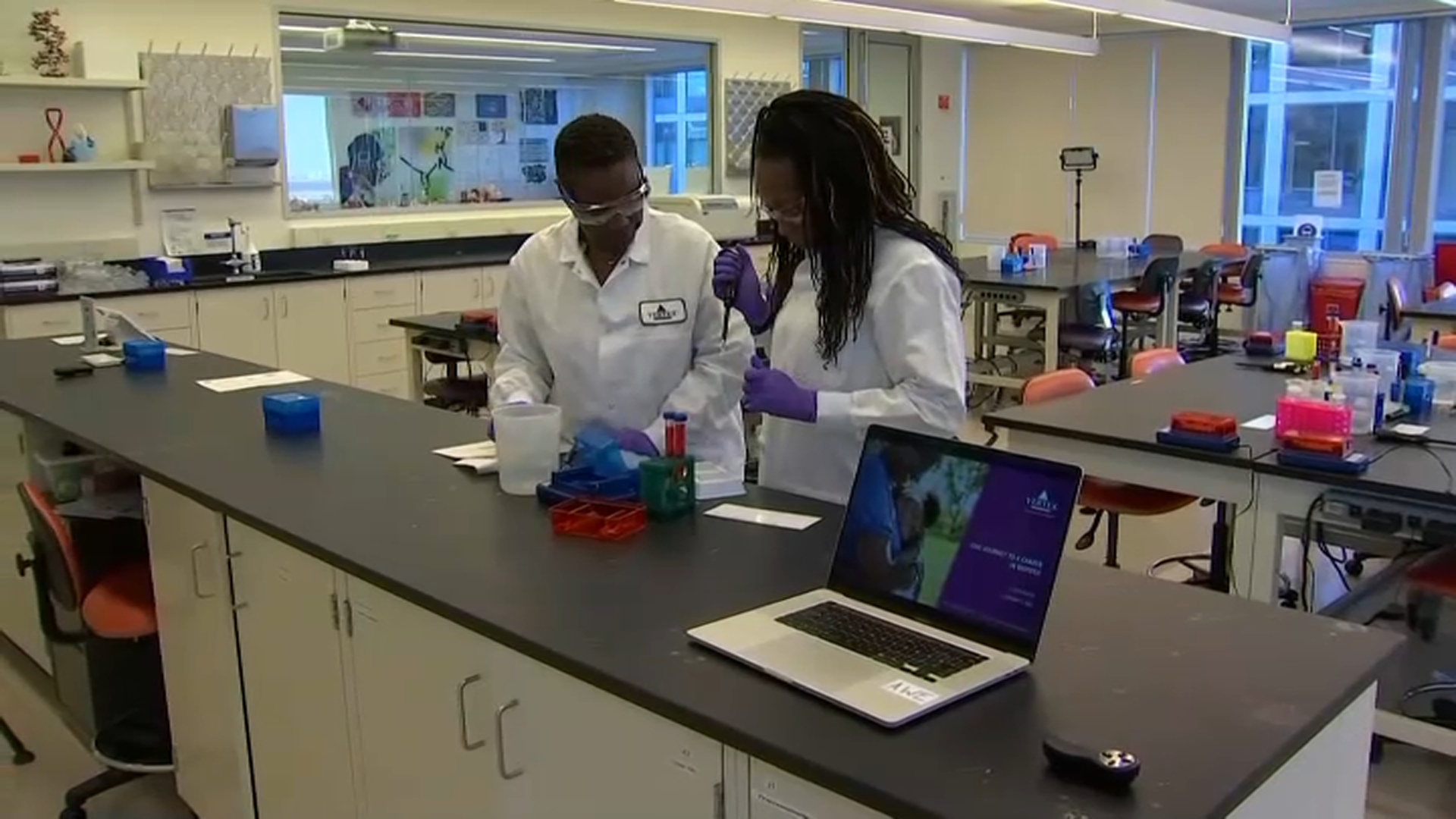
The average annual cost of household water and sewer bills in communities fully served by the Massachusetts Water Resources Authority is projected to rise by about $20 in fiscal year 2024 as a result of preliminary water and sewer assessments being presented to the agency's board Wednesday.
The MWRA's proposed fiscal year 2024 budget calls for an overall increase of 3.4% in revenue from MWRA rates -- a 3.9% increase for water assessments and a 3.1% increase for sewer assessments, according to materials included with the agenda for Wednesday's board meeting. But not all communities in the MWRA service area will see rate hikes of the same size, and some will even see their rates go down.
"Preliminary FY24 assessments are based on each community's share of CY22 water use of 66.099 billion gallons, a 6.1% increase compared to CY21 water use of 62.294 billion gallons," Executive Director Fred Laskey wrote in a memo to the board. "Changes in FY24 water assessments for customer communities compared to FY23 assessments will vary considerably, depending on each community's use of water and how that use factors into their share of the water system in CY22 compared to CY21. This is particularly true for communities that receive only part of their water from MWRA."
Among municipalities fully served by MWRA water and sewer, Boston will provide about 40% of the combined projected assessment in fiscal 2024, a 1.1% increase. Stoneham (1.5% of the total projected assessment) will be paying 7.4% more and Everett (2.6%) is projected to pay 0.5% less.
Get Boston local news, weather forecasts, lifestyle and entertainment stories to your inbox. Sign up for NBC Boston’s newsletters.
On average, fully served communities will be paying 2.2% more for water and sewer in fiscal 2024, according to an MWRA chart. For communities that are only partially served by MWRA water and sewer, the average combined increase is estimated to be 9.8%.
Sewer-only cities and towns are looking at a projected increase of 4.9%, water-only communities are projected to pay an average of 9% more, and partial water-only towns are estimated to see an average 7.2% increase.
Sewer assessments are based on each community's "three-year average of annual wastewater flow, maximum month flow, strength of flow, census population, and sewered population."
The MWRA said that, on average, about 56% of a sewer assessment is based on its share of "total suspended solids or TSS and biochemical oxygen demand or BOD" and the remainder is based on population.



